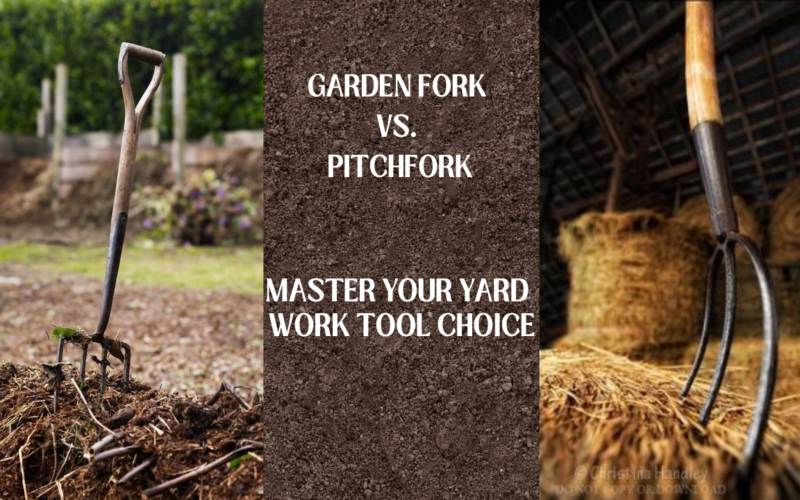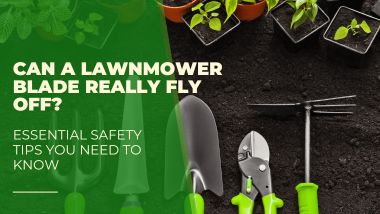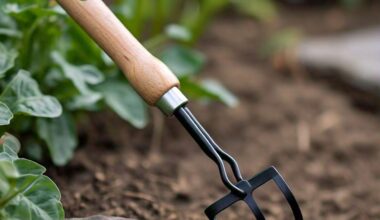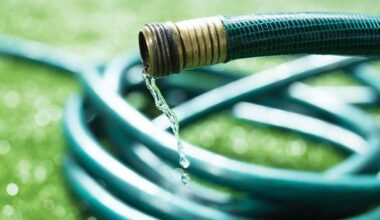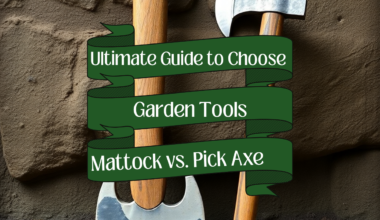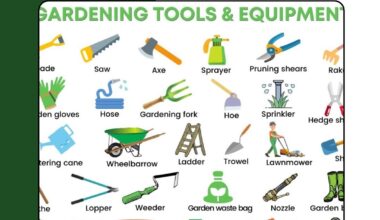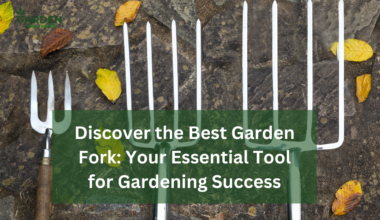Confused about garden fork vs. pitchfork? Learn the key differences and which tool best suits your yard work needs. Improve your gardening today!
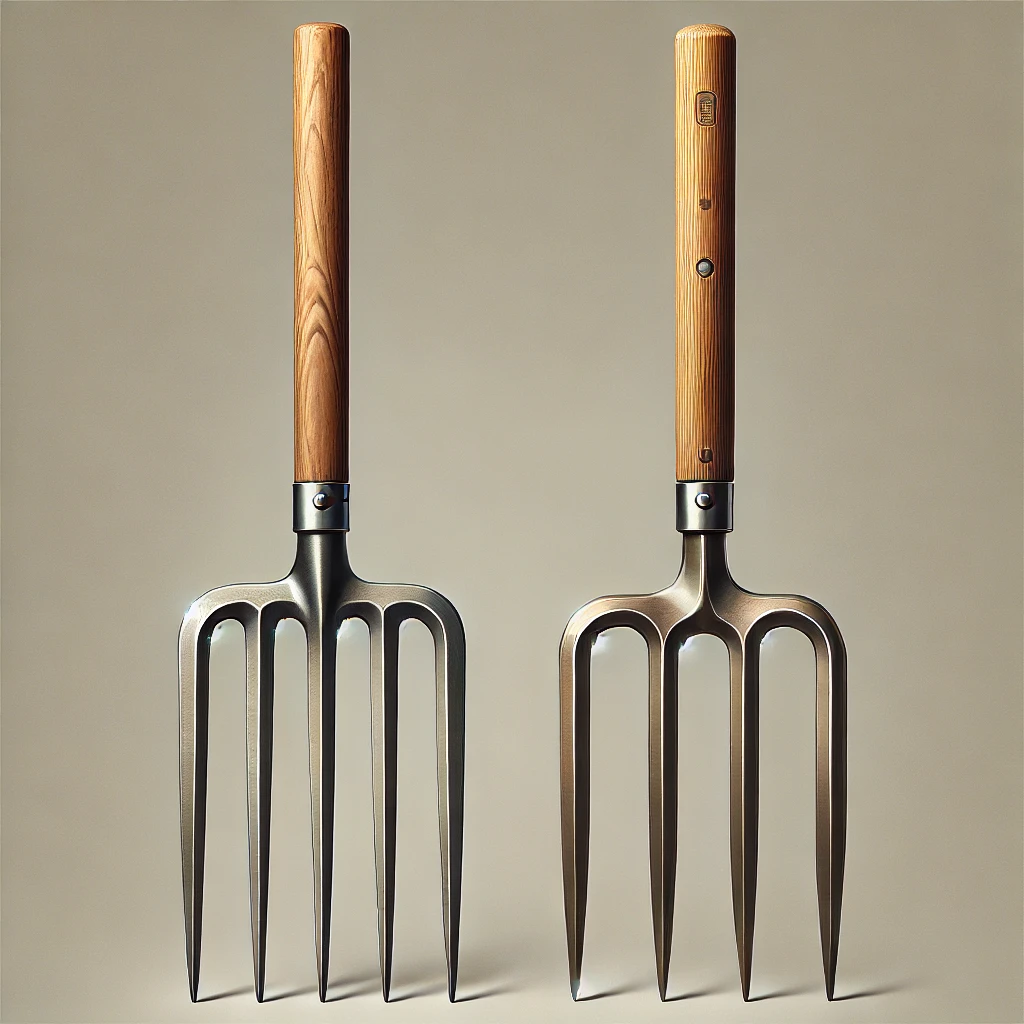
You might think gardening tools are straightforward, but we’re here to dig a little deeper. The debate between the garden fork and the pitchfork may seem dramatic. Still, it’s a popular topic among garden lovers and experts.
At first glance, these implements might appear nearly identical, with their long handles and sharp tines. However, there are significant differences, as distinct as night and day.
Are you ready to uncover some interesting insights? They will turn this simple topic into an exciting journey! Prepare to delve into the world of forks, not for dining, but for cultivation!
Physical Structure and Material
The design and materials of these tools significantly impact their functionality. A garden fork generally features a robust handle connected to multiple tines, whereas a pitchfork has elongated tines with a distinct angle.
The former is often constructed from stainless or carbon steel, providing durability and rust resistance and making them adaptable to diverse soil types.
Conversely, the latter is historically crafted from wood, though modern versions are also available in metal.
Uses of Garden Forks in Gardening
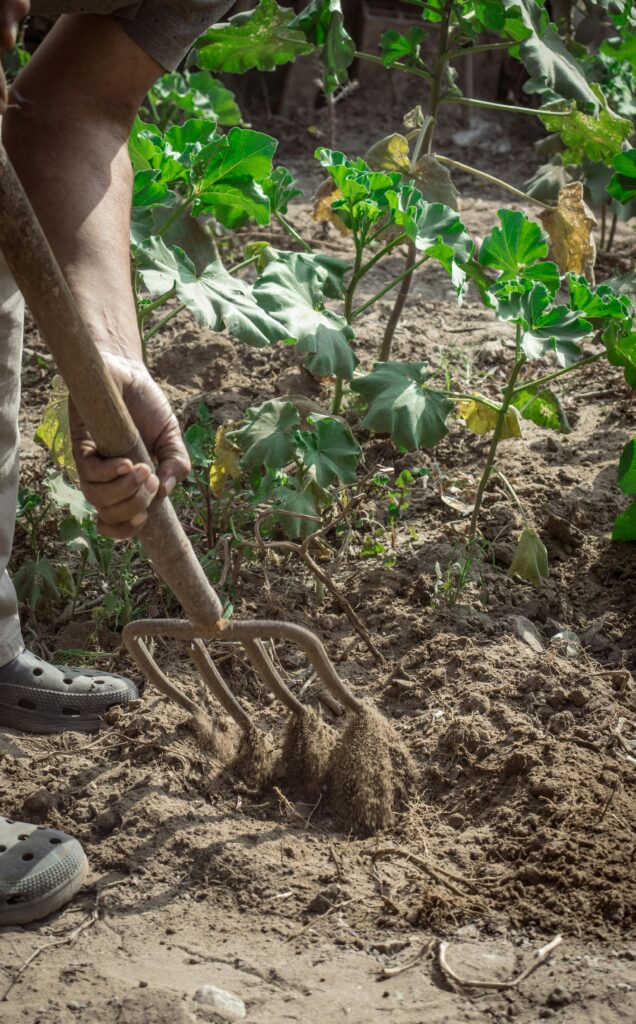
This tool offers diverse applications in gardening. A primary function is to loosen compacted soil by inserting the tines and using leverage to break up clumps.
Furthermore, they help turn compost piles or break up tough roots when preparing planting holes.
Another area where these implements excel is lawn aeration. By inserting the tines into the grass regularly, air can penetrate deeper into the soil, fostering healthier root development.
Uses of Pitchfork
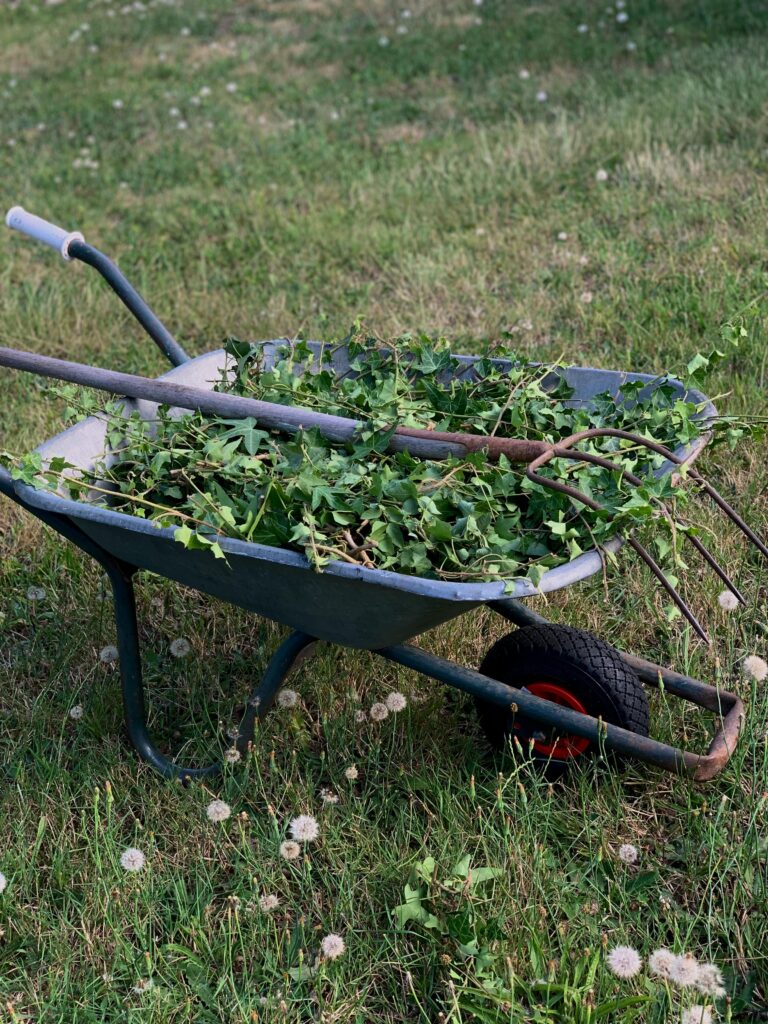
This tool is primarily used in farmyards, rather than typical gardens, as its design is tailored for managing substantial loads of hay or straw bales.
They efficiently lift heavy materials, minimizing effort through the leverage of their long handles and numerous sharp tines.
Agricultural workers frequently utilize them during harvest to relocate large volumes of crops, such as wheat or corn stalks. The sharp tines allow for precise control when penetrating densely packed stacks.
For more information on essential gardening tools, visit Garden Tools Expert.
Comparison of The Two
Number of Tines and Spacing
The number and spacing of tines distinguish these tools.
Garden forks typically feature three to five closely spaced tines, enhancing soil penetration and maneuverability in tight areas.
Pitchforks, conversely, have a greater number of wider-spaced tines, often ten to twelve. This design provides stability for lifting heavy loads and prevents small materials, like hay or straw, from falling through.
User Comfort: Handle Design Differences
Ease of use is crucial in selecting the appropriate tool for your yard work. Garden forks typically feature shorter handles than pitchforks, facilitating precision movements and maneuverability in confined areas.
Pitchforks, conversely, often boast longer handles, providing enhanced leverage for lifting heavy loads, though they may be less suitable for tight spaces.
It’s vital to assess your yard’s size and the tasks involved when choosing between these implements.
Efficiency Comparison Based on Soil Type
Soil type can also dictate the optimal tool choice.
Garden forks excel in looser soils, like sandy or well-prepared loam, due to their ease of penetration without excessive force.
Conversely, for compacted clay or heavy clay that clumps tightly, a pitchfork’s sturdy build and sharp tines prove ideal for breaking up these dense surfaces.
Value Provided by Each Tool
Differences in Price Range
Budget is often a key factor when purchasing gardening implements. Garden forks typically fall within a lower price bracket than pitchforks, owing to their less complex design.
This affordability makes them a practical choice for most home gardeners who don’t require extensive lifting capacity.
Pitchforks, with their larger size, robust materials, and additional tines, are generally more expensive. However, their design caters specifically to tasks like moving hay or straw bales on farms or handling large organic matter during composting, justifying the added cost.
Safety Measures While Handling The Tools
Safety should always be a priority when working with any type of tool, especially those with sharp tines like garden forks and pitchforks.
When using either tool
- Wear protective gloves and sturdy footwear
- Keep your fingers away from the tines while gripping the handle firmly
- Avoid overloading the fork’s capacity
It is crucial to pay attention to other potential hazards, such as tripping over loose tools or uneven surfaces in your yard.
Pros And Cons Of Using A Garden Fork In Specific Scenarios
Pros
- Better maneuverability in tight spaces
- Easy soil penetration in looser soils
- Versatility for various gardening tasks
Cons
- Limited load-carrying capacity
- Less effective at breaking up compacted soils
Pros And Cons Of Using A Pitchfork In Specific Scenarios
Pros
- Higher load-carrying capacity
- Effective at breaking up compacted soils
- Ideal for farmyard applications
Cons
- Less maneuverability in tighter spaces
- Limited suitability for precise gardening tasks
Maintenance Tips
To extend the life of your tools, follow these simple care tips:
- Clean after each use, and remove dirt and debris to prevent rust.
- Store in a dry place. Moisture can cause metal parts to corrode.
- Sharpen the tines occasionally to keep them effective.
- Oil wooden handles to prevent cracking.
For a detailed guide on garden tool maintenance, check out Garden Tools Expert.
Conclusion
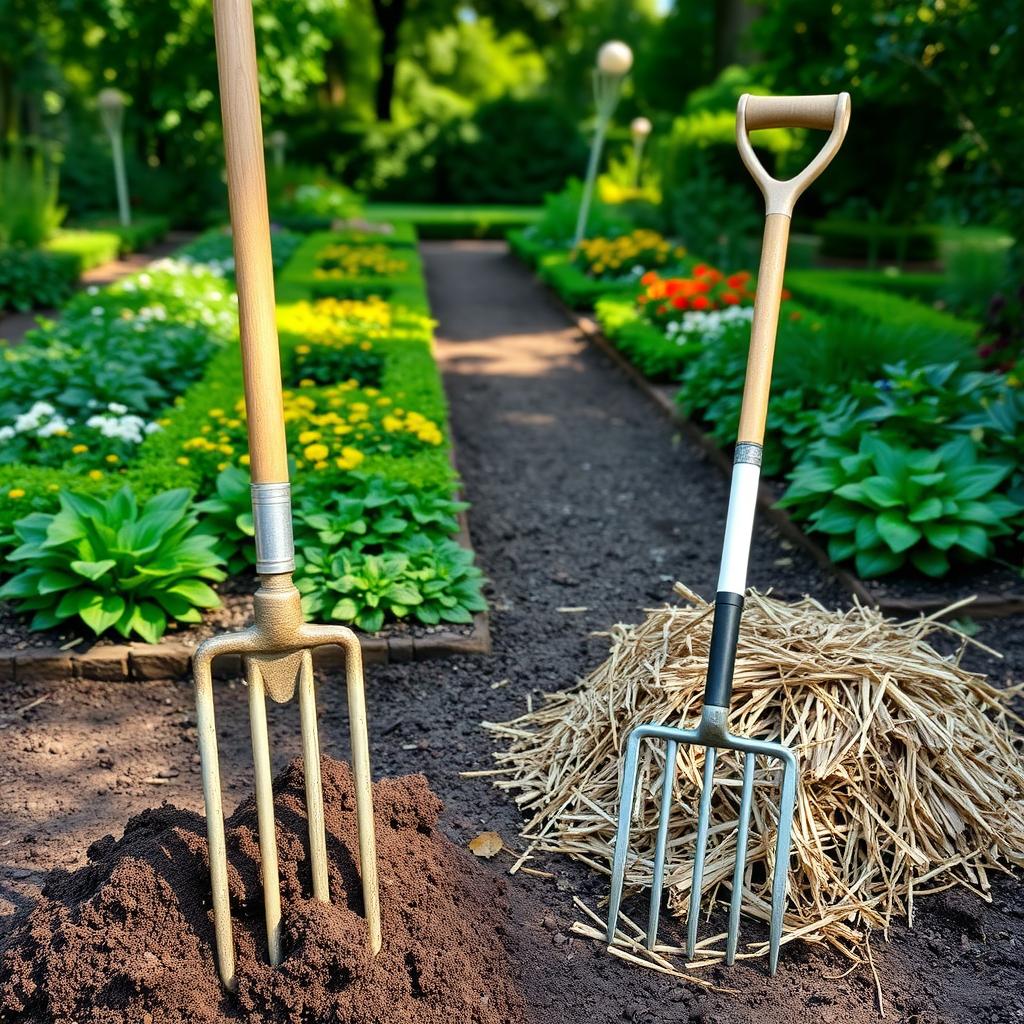
Selecting between these two tools hinges on the demands of your task.
Evaluate factors like the tasks at hand, soil composition, user comfort, and upkeep needs.
Understanding the unique features and uses of each tool helps you choose wisely. This leads to more efficient and enjoyable yard work.

